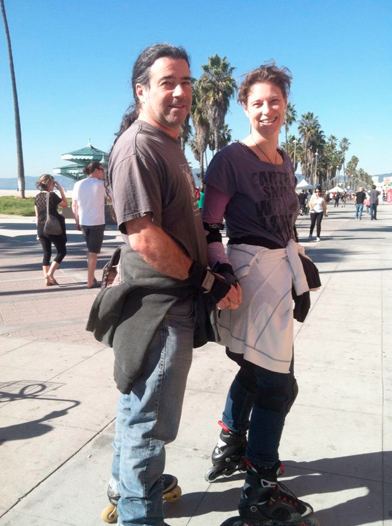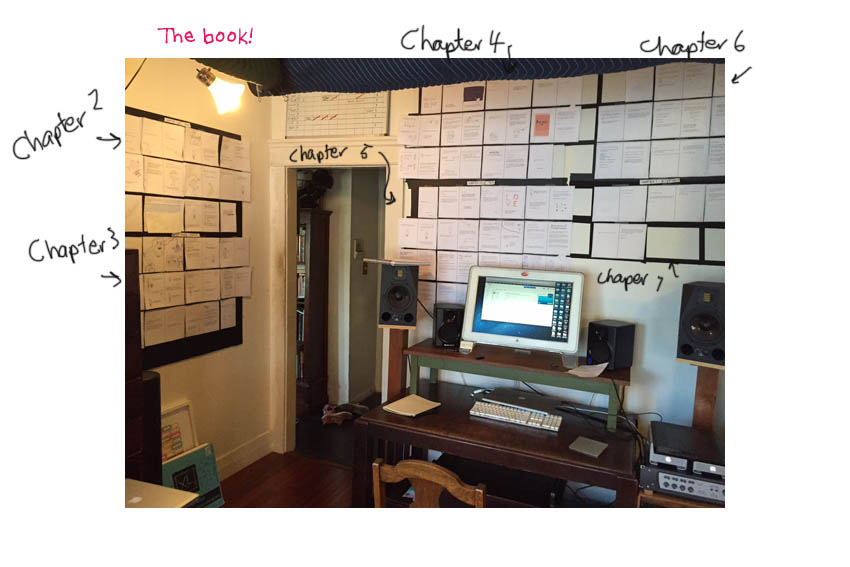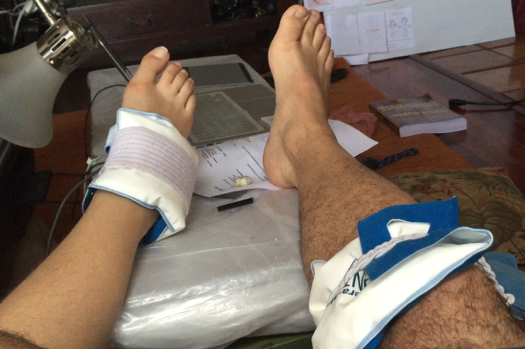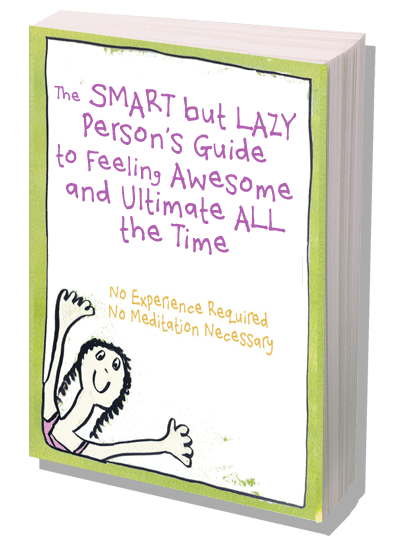FAQ
The following are questions we’re often asked.
Neither of you are psychologists – what are you doing writing a book about the mind?
The insights in this book are simple but profound. You don’t need to be a psychologist to understand them or teach them. Yet, they’re every bit as effective, as traditionally taught psychology. In fact, we think they’re MORE effective.
Both of us, in different ways, were fortunate to learn versions of these insights at times when we were struggling. Franco, as a client of Dr Ken Manning over 20 years ago, and Lisa, from spending time with retired psychologist, Don Morrison.
In a nutshell, how do these ideas differ from traditional psychology?
Basically, traditionally psychology focuses on strategies to help you feel better, these include things like, looking at your past, changing your thoughts, identifying problem thoughts, that kind of thing. The underlying premise is one of helping people to regain their mental health.
What we’re talking about is that when you understand the nature of the system—what thoughts are, what the mind is and isn’t, how to tap into your unwavering inner wisdom—things shift on their own. And rather than needing to do something to achieve mental well being, we show how it’s already within us and anytime we don’t feel okay it’s temporary and a sign that we’ve got caught up in our thoughts.
Note, there is one branch of psychology that thinks along similar lines, called Three Principles Psychology.
How did you come to write this book together?
It happened in two stages: The first was my (Lisa) writing a giveaway E-book, called 7 Secrets Your Mind Doesn’t Want You to Know.
It was only ever meant to be a 2—page giveaway to give to readers of my new blog. But like with most creative projects it was more a case of getting out of the way and after a couple of months I had a quirky, colorful 138—page E-book with 7 chapters and a hand drawn font.
Franco and I were traveling around New Zealand at the time. We’d met a few months earlier in Los Angeles so it was an exciting time. He was working on a music project so we’d travel and work, travel and work, in cafes, besides lakes, beside the sea.
Franco had been reading and thinking about these ideas since he was shown them as a young man, working with Dr Ken Manning, a respected and long time member of the Three Principles Community. As you can imagine he was pretty tickled to discover that the girl he fancied also knew about them.
The 7 Secrets E-book was more of a hit than we’d ever imagined.
Letters came in from all around the world, from Europe to Lithuania, Africa, India, Syria, Iran, saying how the book had helped them. We heard from teachers using it in classrooms and employee assistance workers using it in the workplace. Some readers were in their teens and had no experience of self help, and others had been on the seekers path for decades. Often people who were struggling with depression, anxiety or a major life change.
The quirky, playful style combined with the level of insight hit a chord. The message was the same—this simple little book showed them a new understanding that was life changing for them. People often said that they’d read this stuff before but never really “got it.” Now they did.
As the letters kept coming and the downloads reached over 10,000 we felt there might be a place for this book and a way for it do some good.

We shifted our attention from our independent projects to working together on a book proposal for an expanded version of 7 Secrets. After a while I invited Franco to join me in the writing of the book as well. We knew that together we could make something better than either one of us could do alone. A hunch that paid off!
Right from the start we were united in our goal—a book that had life changing insights that would make a real difference in people’s lives, but one that looked so simple it looked like it would have taken only a few weeks to write. We even had this idea pinned to our fridge.
At one stage the book bloomed to twice it’s size, around 8000 words, so it was always a battle.

Who does the illustrations?
Both of us.
We could tell you who exactly did what bit, but that would take all the fun out of it. But it did take us a while to figure out how to illustrate together.
In the beginning we thought we’d each take a character and find continuity with our different drawing styles that way. But that didn’t happen! Instead, and at a late stage with only a few weeks before the second draft was due, we discovered how to really work together using both our strengths to jointly illustrate every picture. It was quite a ride! A sleep deprived, never leave the apartment aside from stumbling out to get the #38 from the local Chinese takeaway ride. Essentially we re-illustrated the whole book.
At one stage during all this Lisa sprained her ankle and Franco had a torn meniscus, we were both laid up with ice packs and crutches and since our laundry was in the basement neither of us were able to get down there for three weeks.

The colors you chose are interesting, what’s up with them?
We’re so pleased you noticed!
The book is 2-color. Everything inside the cover is done with orange or purple, of varying transparencies and mixes.
One of the biggest challenges was we wanted the book to be bright and colorfu, and most books done with 2-colors use black plus one other. The problem is if you mix black with a color you’re only ever going to get a duller version of that color.
We spent weeks picking the shades we ended up with.
Working in two colors was a whole other experience, because without going into all the details, in Photoshop you have to work in a whole different way. You can’t cut and paste and move bits of images around once you’ve colored it up. This meant that as well as taking hours to color up each plate, if we made a mistake, say the kettle lid was wrong, we couldn’t just change the lid, we had to go back to the drawing, change it there, then recolor the whole image, which could take 3 or more hours.
Aside from Lisa’s primitive illustrations on her blog, we were virgin illustrators and the learning curve was huge! But like with anything, if you keep at it, building on knowledge, getting help when you need it (we finally hired a Photoshop tutor for 2 hours to show us how to do what we needed), you eventually get there.
In hindsight, our naïveté probably helped us as the technique we came up with, though time consuming, gave us more flexibility re color mixing.
Did anything notable or surprising happen in the writing process?
Yes!
The more we went on the more we learned to respect the other person’s way of working—because we have very different work habits. We also began to see the book had a life of its own, and we got better at trusting hunches and abandoning our preconceptions for the surprise of what was going to happen next.
Another thing was that we began to see the power of illustration to tell a story. In our contract negotiations we’d negotiated down from 70 drawings to 40-60 but after seeing how whole pages of text could be replaced by a single drawing we ended up doing over 160.
A final thing worth mentioning is we noticed that everything we were writing about, each mind trick, was being played out in the process of working so intensely on a project together. The irony of working on the control chapter while one of us (probably Lisa) was being controlling was not lost on us.
People often ask us if this experience was tough on our marriage. The honest answer is that it was a bit tricky at first, but once we got the hang of things, it brought us even closer together. We have huge respect for the other person’s abilities, and it was a dream to be able to work so intensely on a project we’re both so passionate about We are enormously grateful to have had the opportunity to do this.
